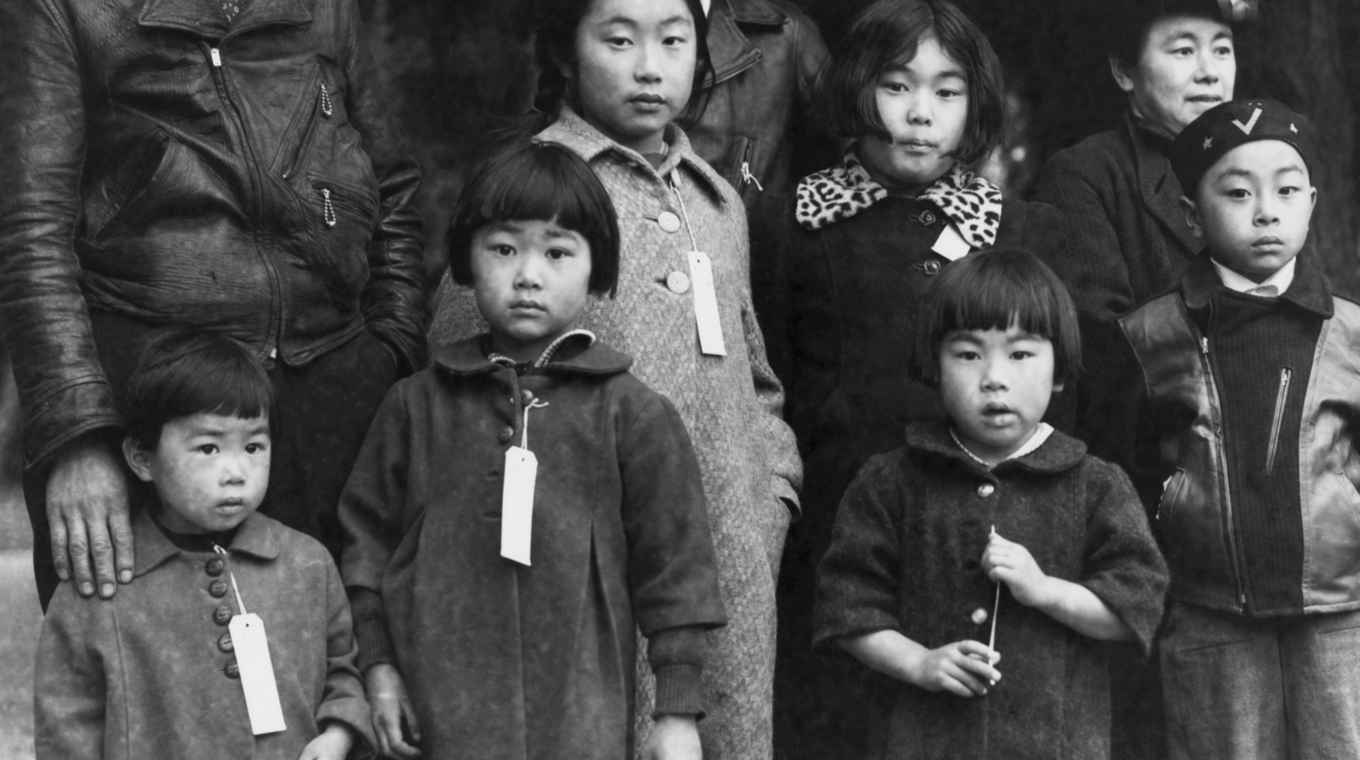
In this article
Invisibility, silence, shame — these are words that have often enshrouded the Asian American identity. But all of that is changing. May is Asian American and Pacific Islander Heritage Month, and it comes alongside a huge breakthrough for the AAPI community: Asians are stepping out beyond cultural expectations, letting their struggles be seen and heard and inviting others to join them in celebrating the fullness of who they are. And people all over the nation are responding, looking for ways to stand with them.
But this openness and solidarity will pass, as everything does, and this rare opportunity is coupled with an urgent and real call to stop the rising violence against the AAPI community.
What is AAPI Heritage Month and what is my role as a parent?
For those who are homeschooling, and any parents of school-age children, it is important to make the time to recognize AAPI Heritage month, an event designated by Congress in 1978 to honor, celebrate, and reflect on all that Asians and Pacific Islanders have overcome and contributed to American history. Here are nine homeschool lessons for AAPI Heritage Month.
Asian American violence and anti-Asian crimes: Lessons about racism today

"When you don’t know people, it’s easier to hate them.” — Vicky Nguyen, NBC News correspondent.
The following lessons are great opportunities to talk with your kids about the anti-Asian hate incidents in the news, and how to humanize and individualize people of Asian descent.
1. How Coronavirus Racism Infected My High School
Watch this four-minute video by an 11th grader in Florida about being a target of anti-Chinese racism, then discuss the provided reflection questions.
2. Asian Americans Face a Wave of Discrimination During the Pandemic (6th-12th grade lesson)
Watch this seven-minute video clip of a PBS NewsHour discussion that explores ways to combat the invisibility, erasure, and lack of awareness surrounding Asian Americans. Includes discussion questions and activities to “dig deeper.”
3. Talk With Your Kids About Being Asian American.
Read Min Jee’s Lunch or Young, Proud, and Sung-Gee, and use the provided questions and discussion tips to talk with your kids about their experiences at school, having pride in their heritage, and how to respond to bullying.
Lessons about the history of racism in America toward people of Asian American and Pacific Islander heritage

“A viper is nonetheless a viper wherever the egg is hatched — so a Japanese American, born of Japanese parents — grows up to be a Japanese, not an American.” — Los Angeles Times, January 1942.
Read about the decades of race-based discrimination and violence that Asians have faced since they first arrived in this country, then dive deeper through one of these lessons.
4. The Contributions of the Chinese Transcontinental Railroad Workers (7-12th grade lesson provided by Advancing Justice-LA)
90% of the Central Pacific Railroad Company was made up of Chinese laborers, and thousands died on duty, yet none were allowed in the famous photo that commemorated this great American achievement. Watch a seven-minute video and complete the provided activities to better understand a piece of this story that has often been left out of history books.
5. Exploring America’s Concentration Camps (an interactive collection of artifacts provided by the Japanese American National Museum)
Students should read the Overview first, then explore each theme, answering the provided questions to better understand the experience of the Japanese Americans who were unjustly incarcerated during WWII.
6. Read about Japanese American Soldiers in WWII. (provided by Re-Imagining Immigration)
If someone took away everything precious to you and called you their enemy, would you risk your life to help them? In the case of the 1,100 Japanese American men who stepped out from behind the barbed wire of the Japanese internment camps to fight for America, their answer was yes. View videos and answer discussion questions to learn about this segregated Japanese American combat team who became the most decorated unit in the history of the U.S. military.
How to celebrate AAPI Heritage Month respectfully (without cultural appropriation)

“We wish to see the fullness of who we have been, who we are, and who we can still be. We are more than what has been done to us.” – Theodore S. Gonzalves, Ph.D., Smithsonian Asian Pacific American Center_
These lessons include crafts and other family fun activities that celebrate AAPI month in a respectful and relevant way.
7. Learn how to fold an origami crane.
According to Japanese legend, a person who folds 1,000 paper cranes will have their deepest wish granted. Try the art of folding an origami crane and learn about its significance through the story of Sadako Sasaki, a 12-year-old Japanese girl who contracted leukemia when the U.S. atomic bomb hit Hiroshima in 1945.
8. Explore these hands-on activities from the Japanese American National Museum.
From finger-print stamping to wearable crafts, each of these downloadable activities start with an artifact and guide you through creating your own version at home!
9. Have an AAPI Movie Night.
Grab some popcorn and cuddle up with your family in front of one of these award-winning films. “Storytelling through film is a powerful way to bridge the generations,” Agnes Chi, mom of two teenage boys, told Mom.com. “Movies like these stir up very real emotions, helping our kids to appreciate the sacrifices and contributions made by those in prior generations, which have created the freedoms they have today.” Chi recommends Go For Broke: An Origin Story, and American Pastime.
For a moving documentary, watch Far East Deep South, which explores the impact of the Chinese Exclusion Act on the Chiu family, available for free now through the end of May.
Also, Netflix and Hulu have created entire hubs dedicated to AAPI content.
However you celebrate, make sure you’re appreciating without appropriating.
“The key […] is to understand the culture you're borrowing from, including its history of oppression and marginalization,” Beth Dreher wrote for Good Housekeeping. She recommends asking yourself if what you’re doing is a result of a stereotype, or if you’re using something sacred to another culture in a flippant way.




